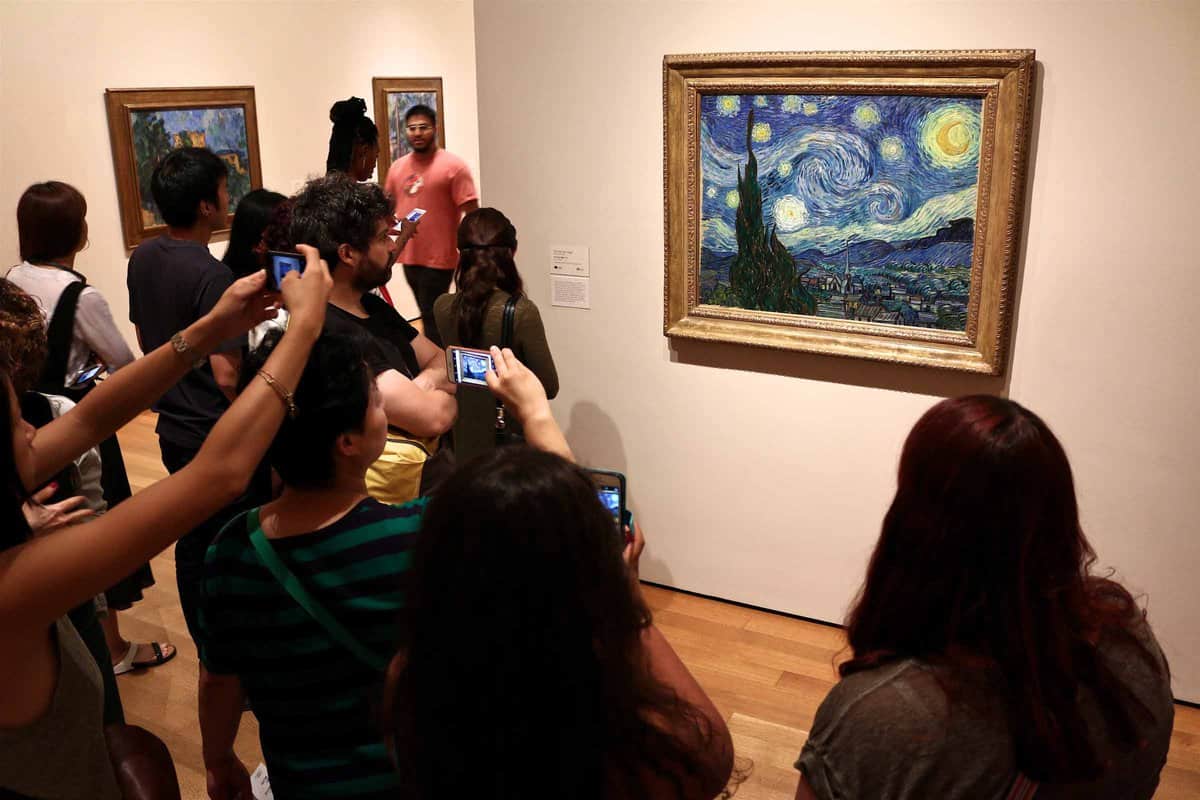Your creative style is, in other words, the personality of your work. Defining your creative style is therefore an incredibly useful means of developing a language that you can use to explain the nature of your work to others.
Once you have a clear understanding of your creative style or your work’s personality, you will also be able to express more clearly to your clients what they can expect when they hire you.
With so many incredible photographers, photographs, designers and designs etc. out there it is easier than ever before to compare your work to others’ and become unsure of what exactly you are creating and why.
The process of defining your creative style can help you through those times of doubt and offers you an opportunity to regain confidence in your work. After all, it is your creative style that makes your work unique.
The following steps will help guide you through the process…
1. Look back at your previous work
Your creative style cannot really be planned in advance. Just like you need to have existed in order to have a personality, you need to have created work in order to have a creative style.
2. What is it about your work stands out to you?
Grab a pen and paper and jot down some of the characteristics of your work. Which characteristics are particularly distinctive? Which of them seem to occur most frequently?
3. How do you want other people to receive your work?
Which elements of your work do you hope stand out to other people? What do you want people to think and feel when they see your work? Jot these down next to the characteristics of your work. Perhaps there are some overlaps – highlight these.
4. Show your work to a selection of people
Ideally you should choose as diverse a selection of people as possible. So a variety of ages, professions, backgrounds and tastes.
5. What about your work stands out to them?
This is where it gets interesting and also a bit terrifying… Do their responses match or differ to yours? Do they align with how you want people to receive your work? If you’re feeling brave, ask them to be critical. Try not to take offence. Criticism is what helps us all improve.
6. Consider what inspires you
What it is that drives you to do what you do? What gets you excited about your work? It is all too easy to get so focused on the projects you are working on that you forget to keep fuelling yourself with inspiration. Embrace whatever it is that excites you and allow it to inform your work. See what happens!
7. Allow room for flexibility
Remember that your creative style is complex just like your personality is constantly subject to change and developments. Both are shaped not only by experiences but also by a multitude of other factors. So in defining your creative style, you aren’t creating a box in which all of your work has to neatly fit. Your creative style will continue to grow and evolve with each piece of work you create. It is vital to be versatile, especially if you are just starting out, so be bold, don’t limit yourself and don’t be afraid to stand out.




